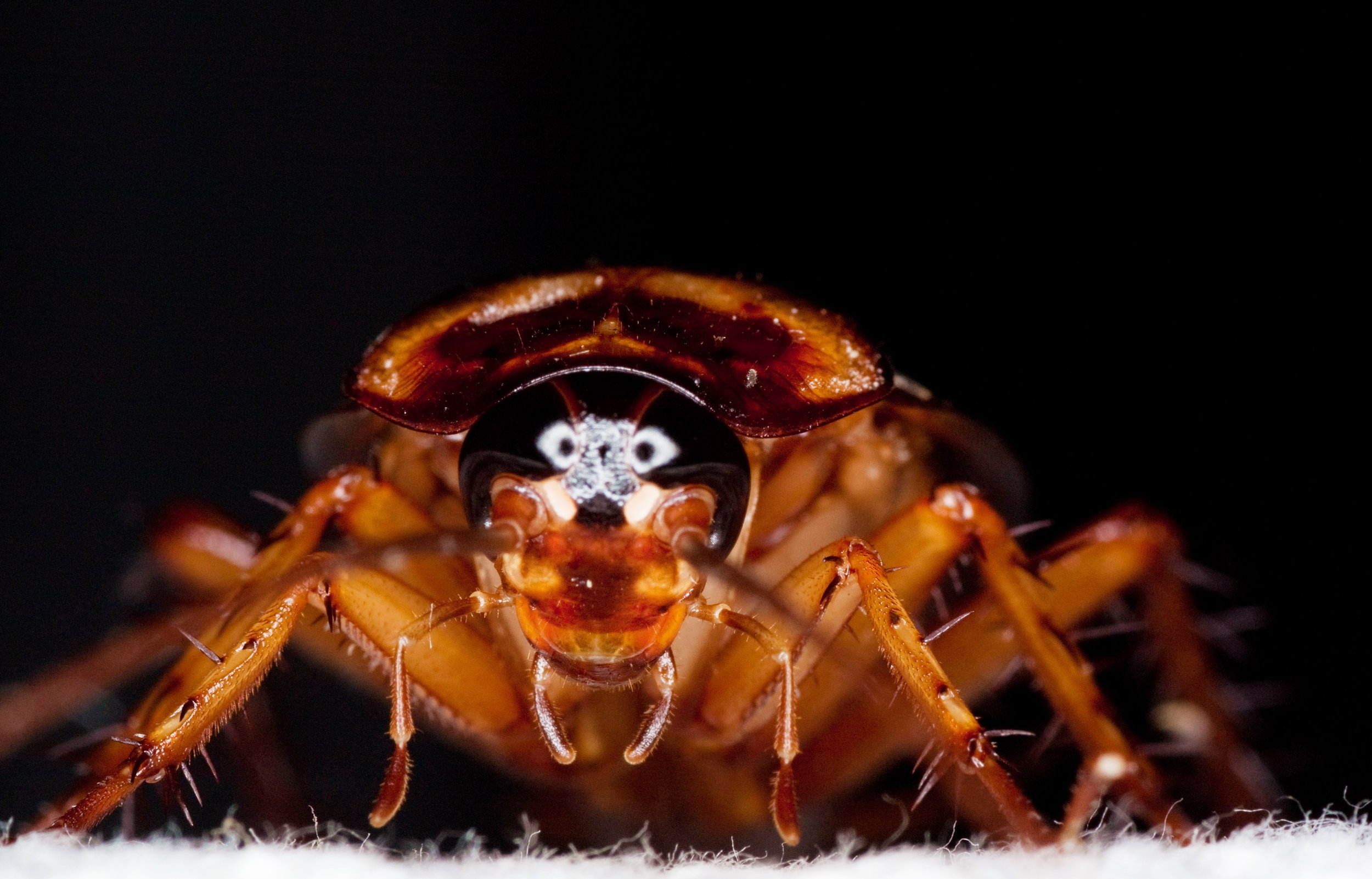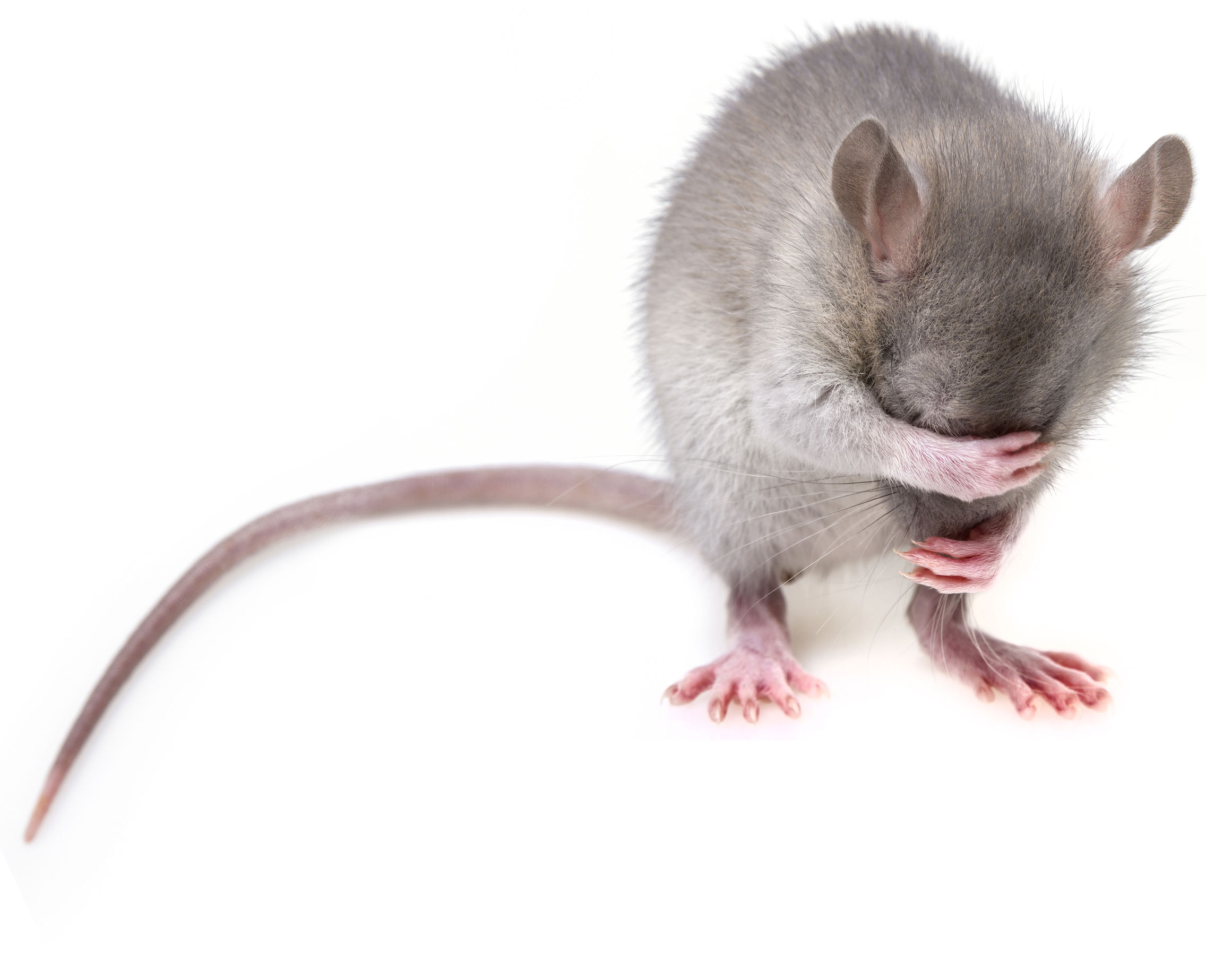Together, we must respect that there are certain insects, some may consider pests, that we should never try to control. Beneficial insects help balance our ecosystem. A good example of beneficial insects are honeybees.
What is "Natural" pest control?
Each method in natural pest control is vital to establishing and maintaining an effective approach to preventing and eliminating undesirable pests in your home. Inspections, exclusion, and non-chemical applications provide an integrated approach to pest control. Botanical materials formulated as dusts, liquids, and baits are made from essentail oils extracted from plants that have developed defenses against insects. Essential oils like clove, tea tree, rosemary, garlic, and thyme are effective against pests inside and outside of the home.
Prevention is the most important step in any pest control situation. Below you will find a guide to the basic steps in preventing insects from harboring in and aound your home. All insects need three basic things i.e. food, water, and shelter.
FOOD
- Keep food prep and storage areas clean.
- Do not leave food out.
- Keep food in sealed containers.
- Do not leave dirty dishes in sink or dishwasher overnight.
- Rinse containers before recycling.
- Quickly clean spills
- Put garbage in sealed containers with lids.
- Empty pet's dishes each day.
- Discard dead or dying plants.
WATER
- Remove any source of high humidity.
- Remove standing water in kitchen and bathrooms
- Repair pipes and faucets that leak.
- Install or repair seals around windows.
- Repair weather stripping on all exterior doors.
- Ensure down spouts flow away from foundation.
- Ensure attic and basement is moisture free.
- Remove water from plant containers.
- Clean water dispensor trays
SHELTER
- Remove clutter to deter harborage sites.
- Clean your house on regular basis.
- Seal holes in the walls.
- Caulk cracks in baseboards.
- Ensure window screens are fitted and in good condition.
- Replace moldy or damaged insulation.
- Prune or remove dead trees near house.
- Keep lawn mowed weekly.
- eep shrubs trimmed 3' away from house.










